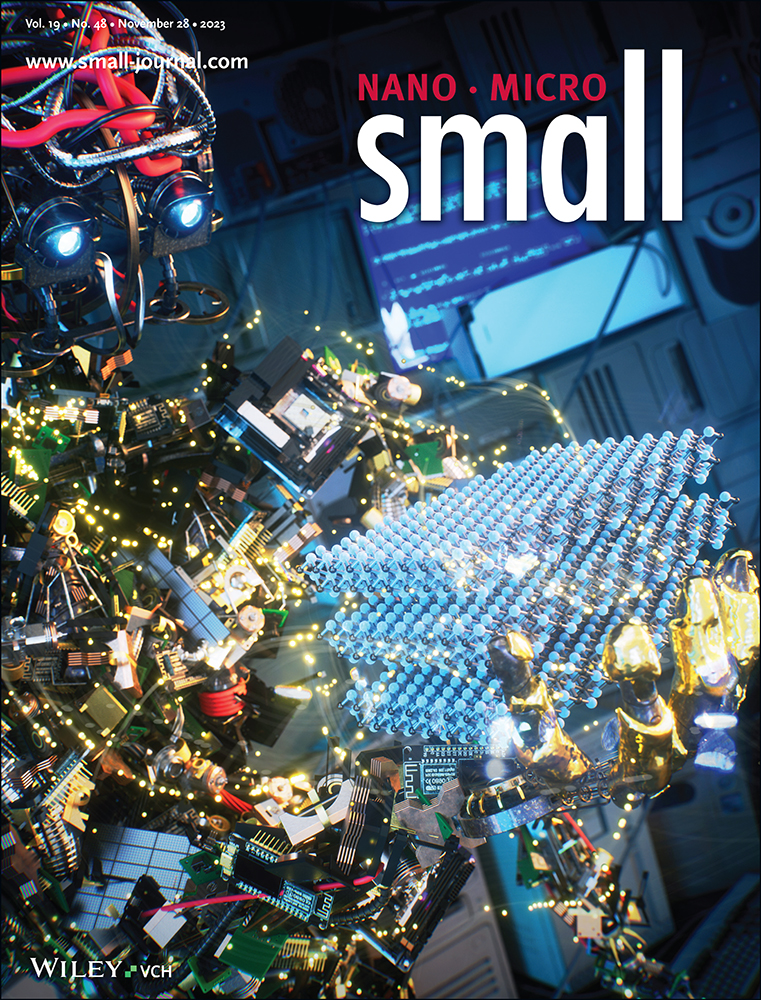Dynamic Electronic and Ionic Transport Actuated by Cobalt-Doped MoSe2/rGO for Superior Potassium-Ion Batteries
Abstract
Molybdenum selenium (MoSe2) has tremendous potential in potassium-ion batteries (PIBs) due to its large interlayer distance, favorable bandgap, and high theoretical specific capacity. However, the poor conductivity and large K+ insertion/extraction in MoSe2 inevitably leads to sluggish reaction kinetics and poor structural stability. Herein, Coinduced engineering is employed to illuminate high-conductivity electron pathway and mobile ion diffusion of MoSe2 nanosheets anchored on reduced graphene oxide substrate (Co-MoSe2/rGO). Benefiting from the activated electronic conductivity and ion diffusion kinetics, and an expanded interlayer spacing resulting from Co doping, combined with the interface coupling with highly conductive reduced graphene oxide (rGO) substrate through Mo-C bonding, the Co-MoSe2/rGO anode demonstrates remarkable reversible capacity, superior rate capability, and stable long-term cyclability for potassium storage, as well as superior energy density and high power density for potassium-ion capacitors. Systematic performance measurement, dynamic analysis, in-situ/ex-situ measurements, and density functional theory (DFT) calculations elucidate the performance-enhancing mechanism of Co-MoSe2/rGO in view of the electronic and ionic transport kinetics. This work offers deep atomic insights into the fundamental factors of electrodes for potassium-ion batteries/capacitors with superior electrochemical performance.
Conflict of Interest
The authors declare no conflict of interest.
Open Research
Data Availability Statement
The data that support the findings of this study are available from the corresponding author upon reasonable request.




